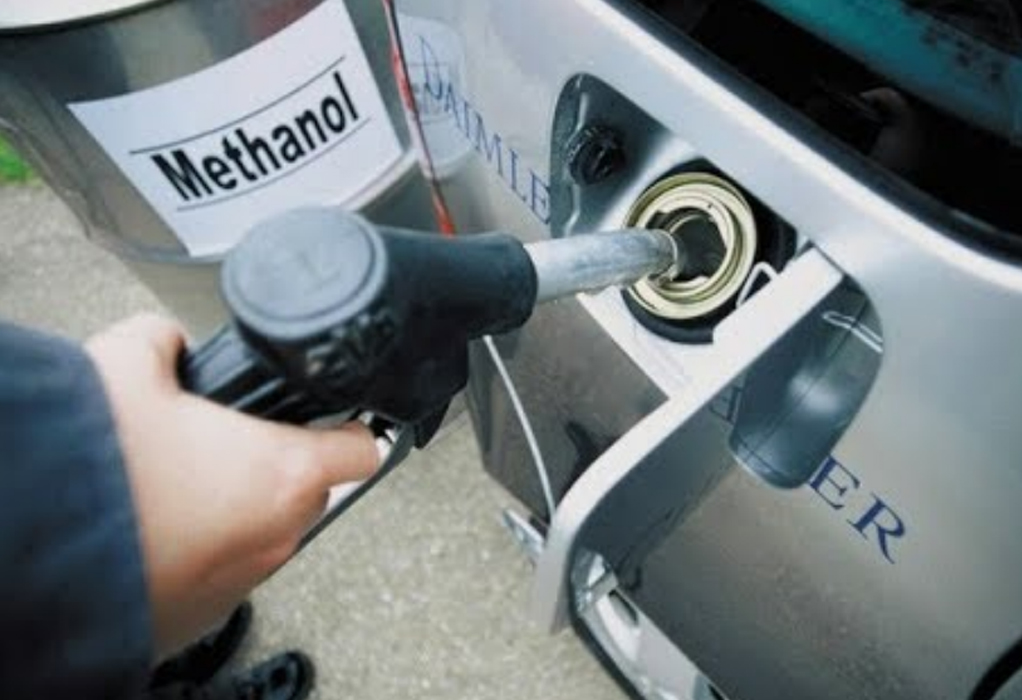Methanol, which has gained market share as an alternative fuel in the bunker fuel sector as well as for vehicle transport, could be a widely used renewable fuel in the long term, but the current cost of production means it is uncompetitive.
Renewable methanol – which contains carbon but at a low level — is produced from sustainable biomass (biomethanol) or from carbon dioxide and hydrogen using renewable electricity (e-methanol).
Typically, biomethanol is produced from feedstocks such as forestry and agricultural waste as well as waste products such as biogas from landfills, sewage, etc. E-methanol is produced using CO2 captured from renewable sources.
Both methods of producing renewable methanol are notably more expensive than the conventional production for brown and grey using coal and natural gas, respectively as feedstocks.
The cost of producing fossil fuel-based methanol is in the range of $100-$250/mt, according to a report published by the International Renewable Energy Agency, in partnership with the Methanol Institute, in comparison with the cost of biomethanol, estimated at up to $770/mt.
Rising capacity
With the drive for renewable fuels, methanol production has almost doubled in the past decade with expectations of 500 million mt/year by 2050, potentially reducing the cost. Production capacity across Europe is increasing with plans in place for e-methanol plants.
Wacker Chemie AG announced March 31 its 20 MW electrolysis and synthesis plant generating green hydrogen and renewable methanol in collaboration with Linde passed the EU’s preliminary selection stage for funding.
However, with less than 0.2 million million mt of renewable methanol produced each year, an increase in government investment was essential, sources said.
Current government mandates provided limited support, meaning renewable methanol may struggle to gain traction in the global market, sources said.
“There is no detail in IMO 2030 for the use of biomethanol, and no legislation for biomethanol usage,” one trader noted.
Use as a bunker fuel
Conventional methanol offers a CO2 emission reduction of up to 15% compared with conventional marine fuels and is easily stored at ambient temperatures.
Renewable methanol will offer further emission reduction advantages, estimated at 65%-95% according to the joint IRENA and Methanol report.
However, the lack of fueling infrastructure is holding back the fuel’s emergence as an alternative bunker feedstock, Methanex’s Stuart McCall told S&P Global Platts. Currently in Europe, the ports of Antwerp and Rotterdam are developing methanol bunkering infrastructure.
Dual-fuel engines able to run on either methanol or very low sulfur fuel oil are already in service. Owners include Westfal-Larsen, Marinvest, MOL, and Nippo Yusen Kaisha.
According to Platts data, methanol consumption is already competitive in ECA zones amid a recent increase in price of conventional bunker fuel.
However, assuming an additional $400/mt on top of current methanol costs for biomethanol, daily earnings for owners would likely be negative, Platts data showed.
“Duel-fuel engine vessels are providing the opportunity to utilize methanol, bridging the gap between traditional fuels and renewable fuels,” the trader said.




Recent Posts
New Report Highlights Potential of Voluntary Insetting to Support Maritime Decarbonisation, Calls for Robust Safeguards
Smart Ship Hub achieves industry first with ABS emission reporting
Henkel Rolls Out India’s First Mid-Haul Re-Powered Electric Trucks for Commercial Logistics
Sustainability in Focus at 11th SIAM Automotive Logistics Conclave in New Delhi
L&T Energy GreenTech to Establish India’s Largest Green Hydrogen Plant
JK Srivastava Group and Hynfra Announce $4 Billion Green Ammonia Project in Andhra Pradesh
Andhra Pradesh Unveils Ambitious Green Hydrogen Valley Plan to Lead India’s Energy Transition
South Africa advances plans to decarbonize shipping sector